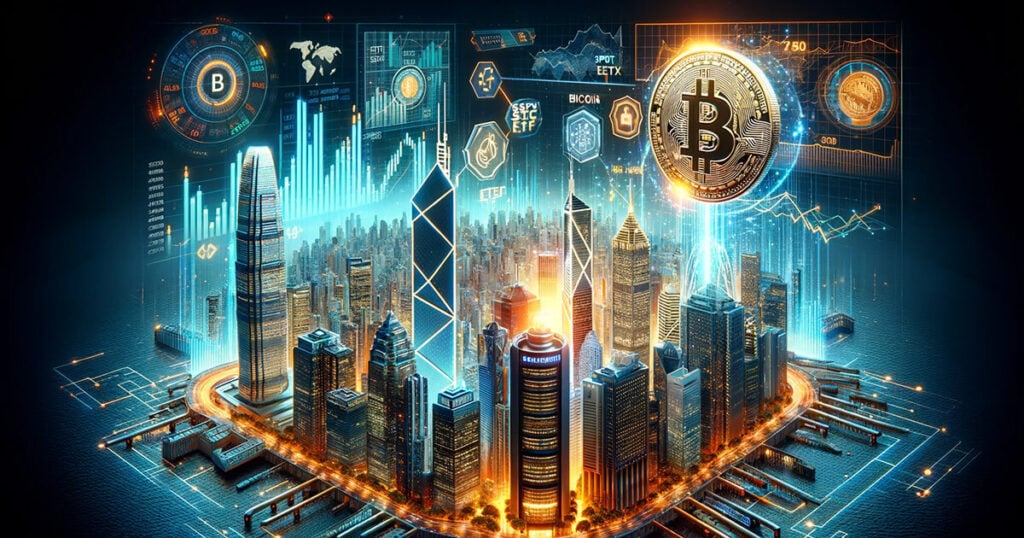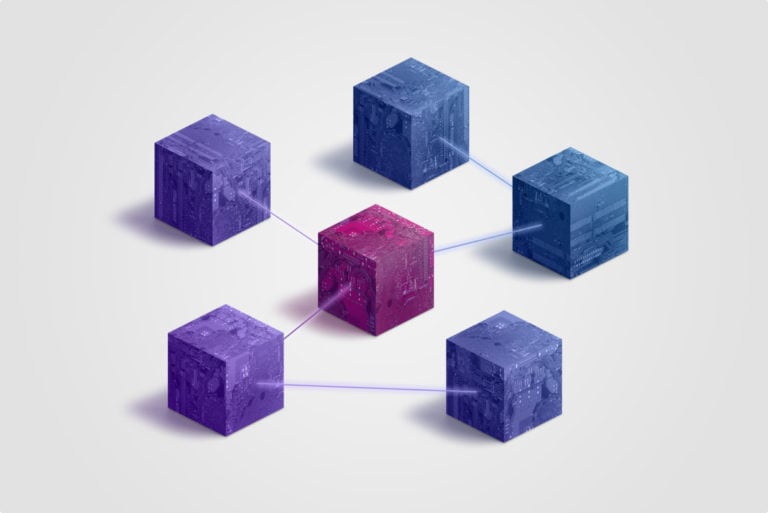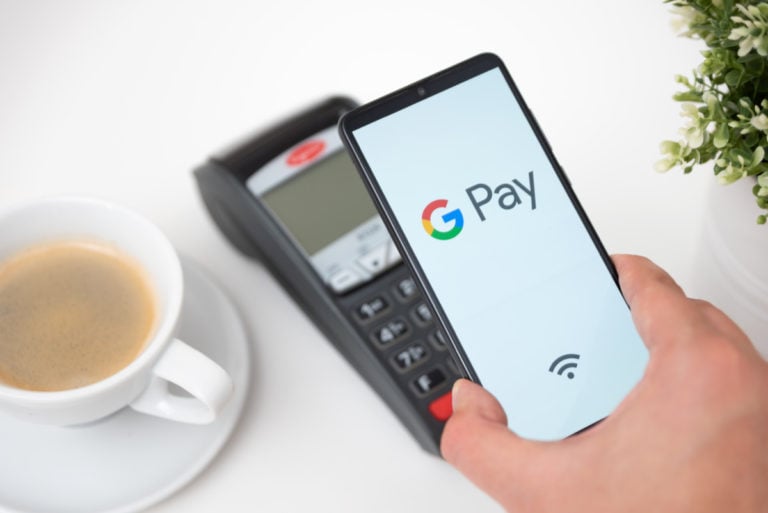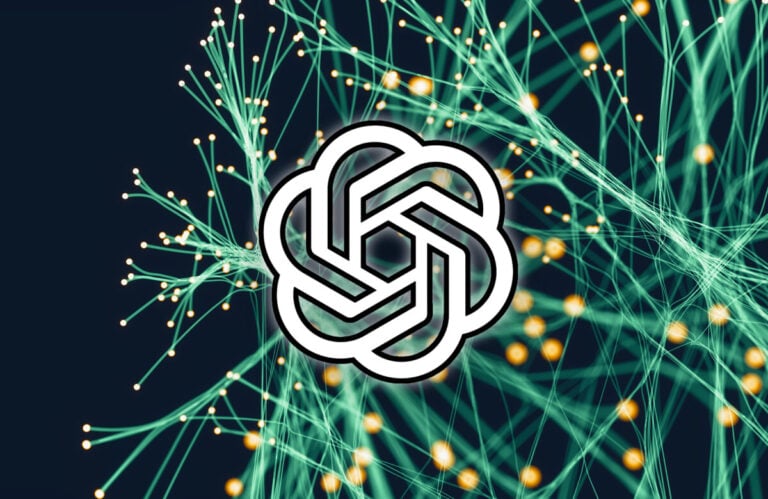According to Google Trends, since the end of 2017, Bitcoin, and subsequently the blockchain architecture, have become one of the most trending queries on the Internet.
People from all over the world are looking on the World Wide Web for answers to questions about what Bitcoin and blockchain are, and how they can make money on it. The topic of cryptocurrencies has become extremely popular with a score of 100% in Google Trends in 2017. In the Russian-language segment of the Internet, in Yandex, the word “bitcoin” gains more than 2.7 million users per month, and the search for the word “blockchain” in the Russian-language segment occurs more than 200 thousand times a month.
Cryptocurrencies and related technologies are not only of interest to the masses, but are also gradually penetrating our daily lives.
The influence of the Internet and cryptocurrencies on banking technologies and payment systems
The development of the global Internet also influenced the activities of banks. Today in Russia there is, for example, a completely online bank, Tinkoff. The process of making and processing payments is being accelerated and simplified every year. Payment systems help us spend faster and more, lending a shoulder to the consumer society. It is already obvious that blockchain technologies will affect both modern payment systems and means of payment at the same time. And if in the era of the emergence of the Internet everything happened within a dozen years, then in the era of blockchain everything accelerates and can change in a couple of years.

Undoubtedly, according to forecasts, blockchain will destroy or completely change the payment systems to which we are all accustomed. Everything that now seems correct and unshakable may be changed within some 5-10 years. Modern payment systems, such as SWIFT or SEPA, rely on intermediaries acting as regulators and trust centers, which complicates the payment infrastructure and slows down the process itself movement of money across countries and continents.
The possibility of the emergence of a new transaction format, the first signs of which were the RippleNet technologies – xCurrent, XRapid and xVia at the end of 2017 – beginning of 2018, crypto-evangelists made predictions several years ago, when blockchain technologies were still the domain of a few IT specialists. The emergence of a large number of cryptocurrencies and their exchange platforms allows people who previously did not make financial transactions due to high transaction costs to now make them easily and quickly.
Compare: the European round-the-clock instant payment system SCT Inst (SEPA Instant Credit Transfer), comparable in efficiency to blockchain transactions, was introduced only at the end of 2017, despite the fact that work on creating such a scheme was initiated by the European Bank back in 2014; this required the development of new standards, participation in the creation of this scheme by European financial institutions, and the approval of a standard for financial micropayments at the level of the European Payments Union. The development by Australians of NPP (New Payments Platform) to offer the same type of services took twice as long – almost 6 years!
In the three years it took for SCT Inst to appear, several revolutions took place in the cryptocurrency world: the launch of smart contracts, the creation of distributed applications, a leapfrog in market capitalization, and the penetration of blockchain into the Internet of Things. It is obvious that with such financial and time costs of traditional technologies, the next stage in the development of cross-border payment systems will be their implementation based on blockchain technologies.
Results of implementing blockchain technologies
Whether it will be Ripple or its lesser-known twin brother Stellar, or some new token on a not yet implemented blockchain platform with, for example, a modified unreliable but super-fast Hashgraph consensus – it’s not so important, anyway we get in the end:
- Lower commission and transaction costs
- Storing transaction data
- Simplification of audit
- Investments in cryptocurrencies, which leads to a decrease in volatility and an increase in the capitalization of the entire cryptocurrency market
- Transactions without restrictions around the world
- Higher level of cybersecurity
- Low or zero audit cost
- Greater degree of cooperation between financial institutions







